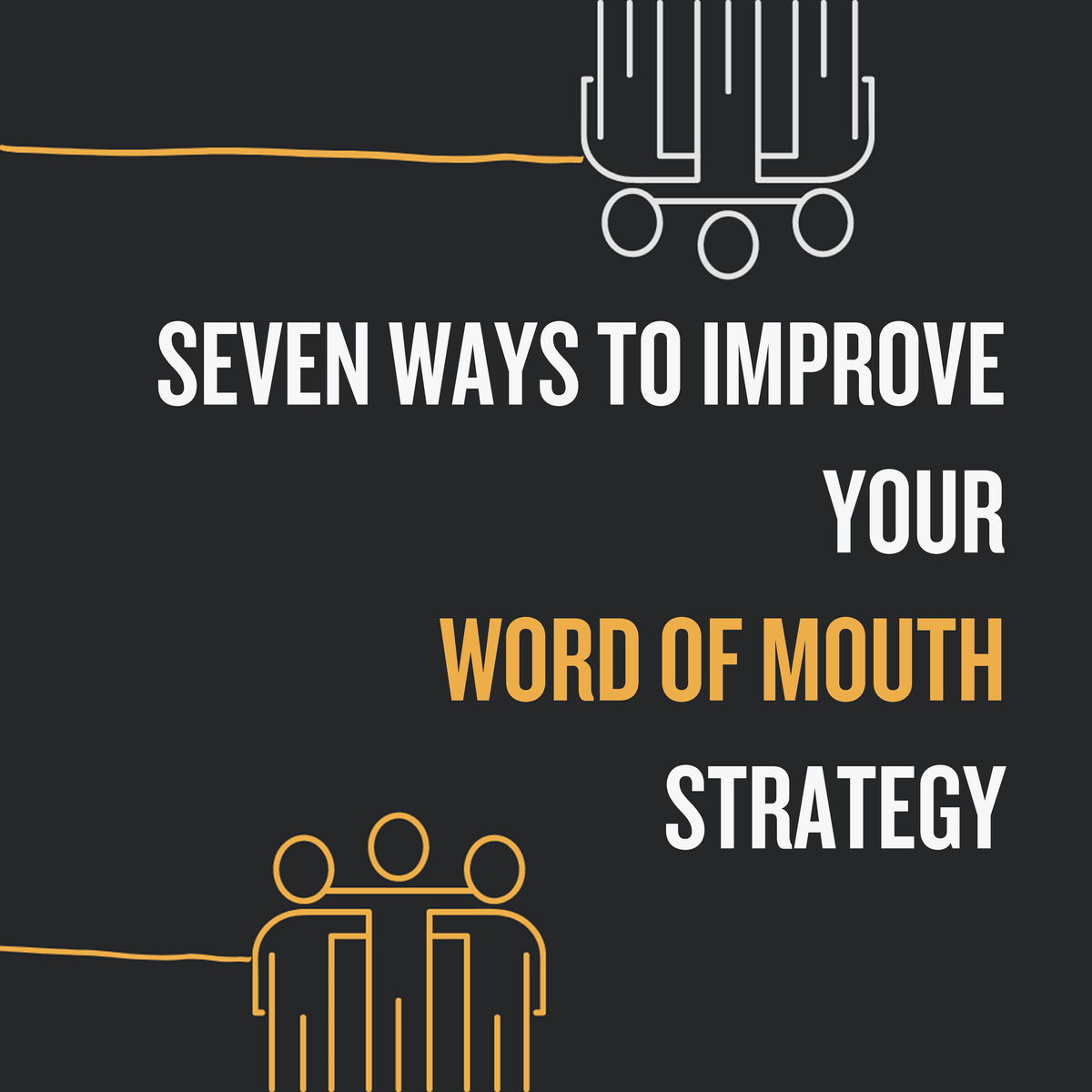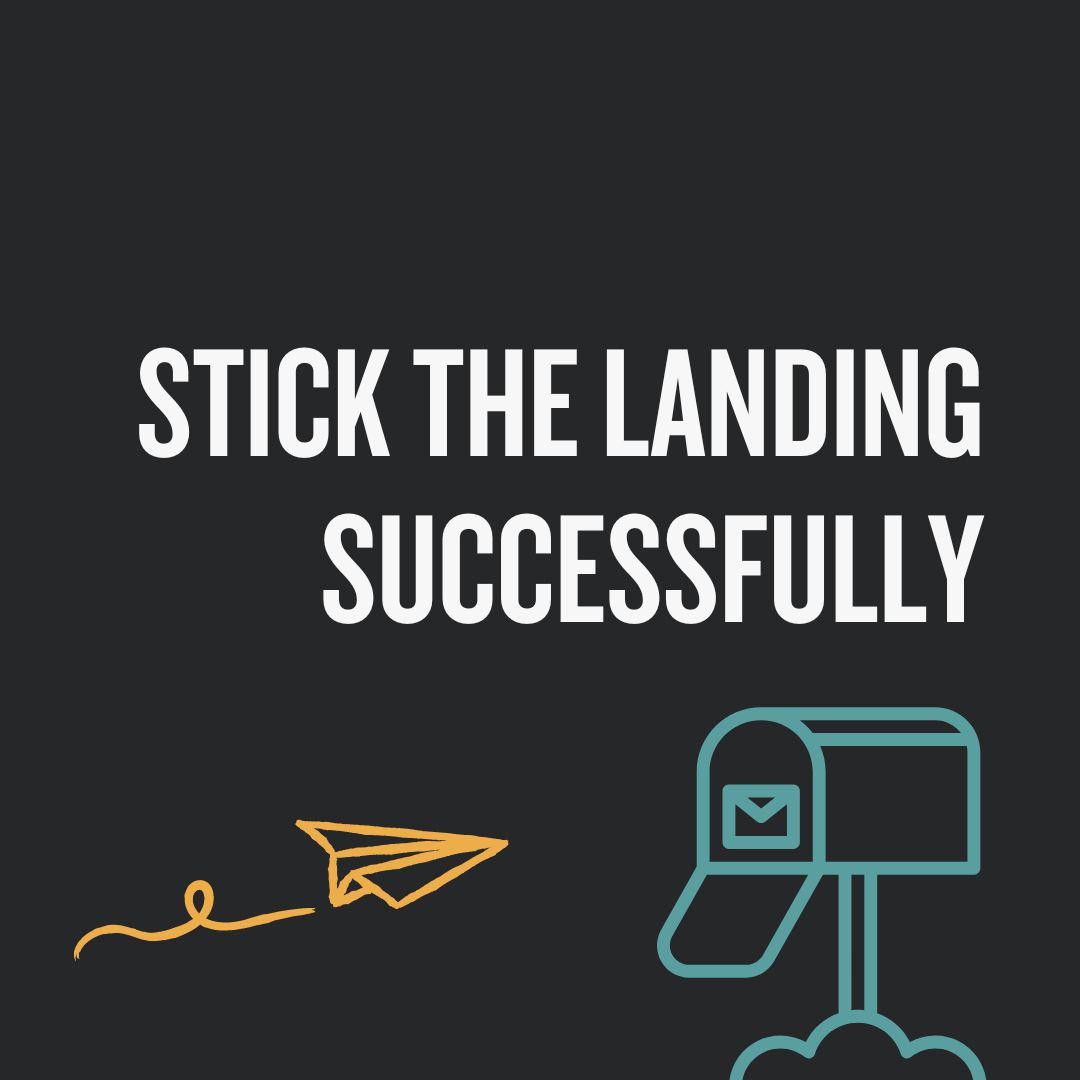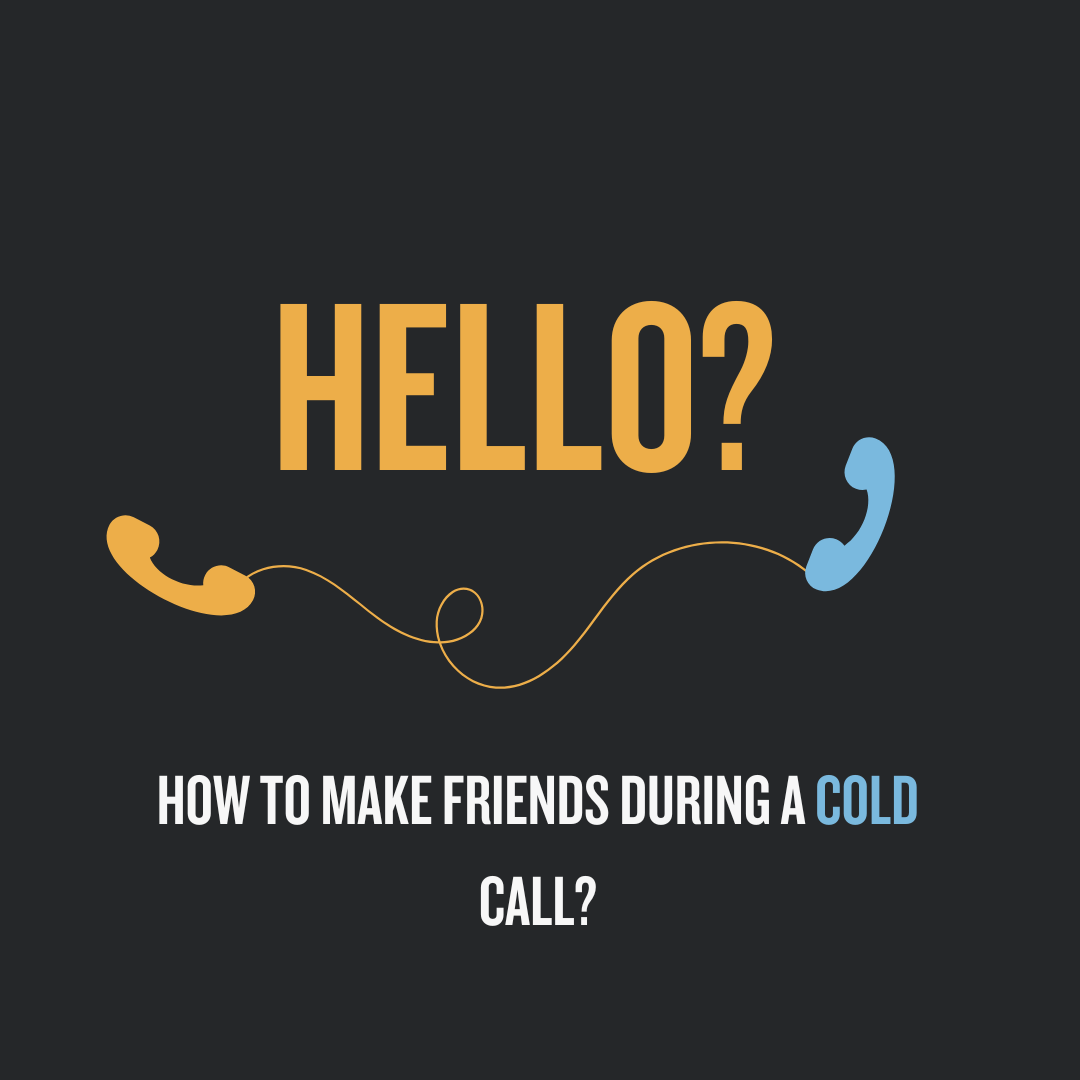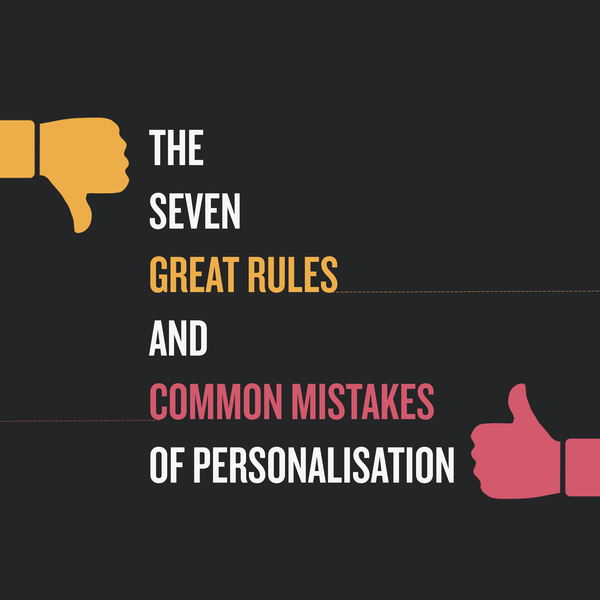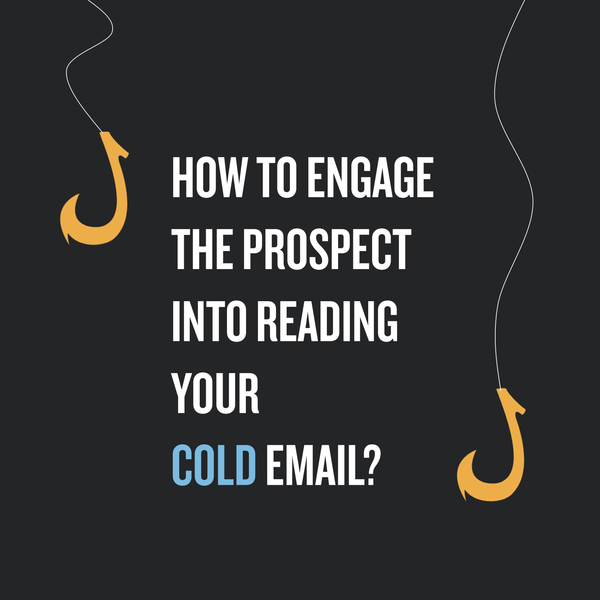The success of your business depends on the experience that clients had with your product. You obviously want them to talk about the awesomeness of your product, but what if they don’t?
The main problem is that sharing experience is a natural process, and you can’t force it. At the same time, you know that word of mouth is one of the most effective ways to drive B2B buying decisions.
In this article, I’m going to share with you seven ways to improve your word-of-mouth strategy.
1. Combination of product and customer success
It’s the most obvious one. When your customer is achieving ‘success’ using your product, you have a loyal buyer. This, in turn, has a higher likelihood of them sharing your product whenever they talk about their own success.
The trick here is having a clear picture of defining and measuring what success really means for your customer with respect to your product. And to make sure that not only do they achieve success, but also clearly understand that they’ve achieved it.
2. Be human with your customer
For example, your customer just got a house or they just raised another round of funding. Provide them with a personalized gift that thoughtfully celebrates their achievement.
This gesture (strategy) drives brand affinity and retention. And if you do those gestures without expecting anything back often customers will go and share this with someone or post it on social media.
3. Content
While in typical inbound marketing the focus is on producing content that can generate leads or improve SEO, here the focus is on shareability.
Sometimes, your content can even reach people who have never heard about your company or your service. And nevertheless, they share because your content is that good.
Before publishing the content, you should focus on these three key factors:
- Content strategy. You need to create content that your audience really wants to share. And after that, you need to place your content where the audience can consume it.
- Consistency. You need the ability to execute content on a repeatable basis, where you consistently get better. This way the audience will trust you because you already proved that your content is always good and only gets better.
- Distribution strategy. One piece of content that touches one person, if it hits appropriately, can spread in a bunch of different areas:
Example 1
You posted a video on Linkedin → marketing manager saw it → they shared it with their CMO
Example 2
You posted → the marketing manager sees it → they share it to one of their slack channels that involve other people from the marketing department or perhaps leadership.
4. Events
While creating an event most companies start with the mindset of generating leads or email lists. However, if you approach events with a mindset of creating an incredible experience for the participants, so they will talk about it before and after the event, then you’ll create a very different type of event.
Doesn't matter if the event is physical, hybrid, or virtual. Think about events, not from the getting leads perspective but from the mindset to make people talk about things they learned (& interactions they had) and want to share.
5. Community
Whether you own the community or you are a participant – does not matter. This point is about being active, being visible, and helping in real time. Spending time in the community just as a point of brand visibility is the key.
6. Create a VIP customers list
Creating a VIP customers list involves taking a specific set of customers that love your product already. Those customers are power users that might already talk about you. Your goal is to fuel that relationship with your company by providing value in creative ways.
For example, create a special event that they can attend physically. Create a fully paid trip where your VIPs can spend time with all of their peers. There are a million things that you can do for people that already love your brand by diving deeper into what they need and want.
7. Influencer marketing
Influencer marketing strategy helps your company receive more recognition in shorter, easier, and sometimes cheaper ways. Therefore, collaborating with the right influencers will help you catch the attention of your potential customers and earn their trust.
Because B2B influencers already established themselves as professionals, industry analysts, and experts with real and valuable experience. These thought leaders earned the trust of their audience and built their reputation over an extended period based on their experience, expertise, and voice in the industry.
Or you can work even with independent technology futurists: journalists, media professionals, investors, industry veterans, leaders of technology associations & standards bodies, heads of academic think tanks, and so many more can help your brand visibility and enhance trust in your company.
Building word of mouth strategy can take a long time, so start doing it today and improve it with each tool mentioned in this article!


